Salesforce integration
Integrate Salesforce to automate your quote-to-cash processes, enhance lead-tracking, and get better customer visibility at scale.
Featured Salesforce integrations
Don’t wait months for implementation. Celigo’s prebuilt integrations for Salesforce allow your team to get up and running quickly.
Act-On – Salesforce Integration Template
Sync Contacts between Act-On and Salesforce

Salesforce – ActiveCampaign Integration Template
Sync Accounts, Leads and Contacts between Salesforce and ActiveCampaign

Salesforce – Acumatica Integration Template
Automate lead-to-cash with Celigo’s Integration Template


HubSpot – Salesforce Integration Template
Automatically sync contacts with a HubSpot and Salesforce integration.

Mailchimp – Salesforce Template
Sync List Members between Mailchimp and Salesforce

Marketo – Salesforce Integration Template
Sync Leads Between Marketo and Salesforce.

OANDA Exchange Rates – Salesforce Integration Template
Sync Exchange Rates between OANDA Exchange Rates and Salesforce.

OpenAir – Salesforce Integration Template
Sync Clients, Charges, Projects, Project Budgets, Project Tasks and Client’s Contact between OpenAir and Salesforce.

Salesforce – NetSuite Integration App
Automate lead-to-cash processes and get real-time visibility into back-office order, fulfilment, and financial operations by integrating Salesforce and NetSuite.

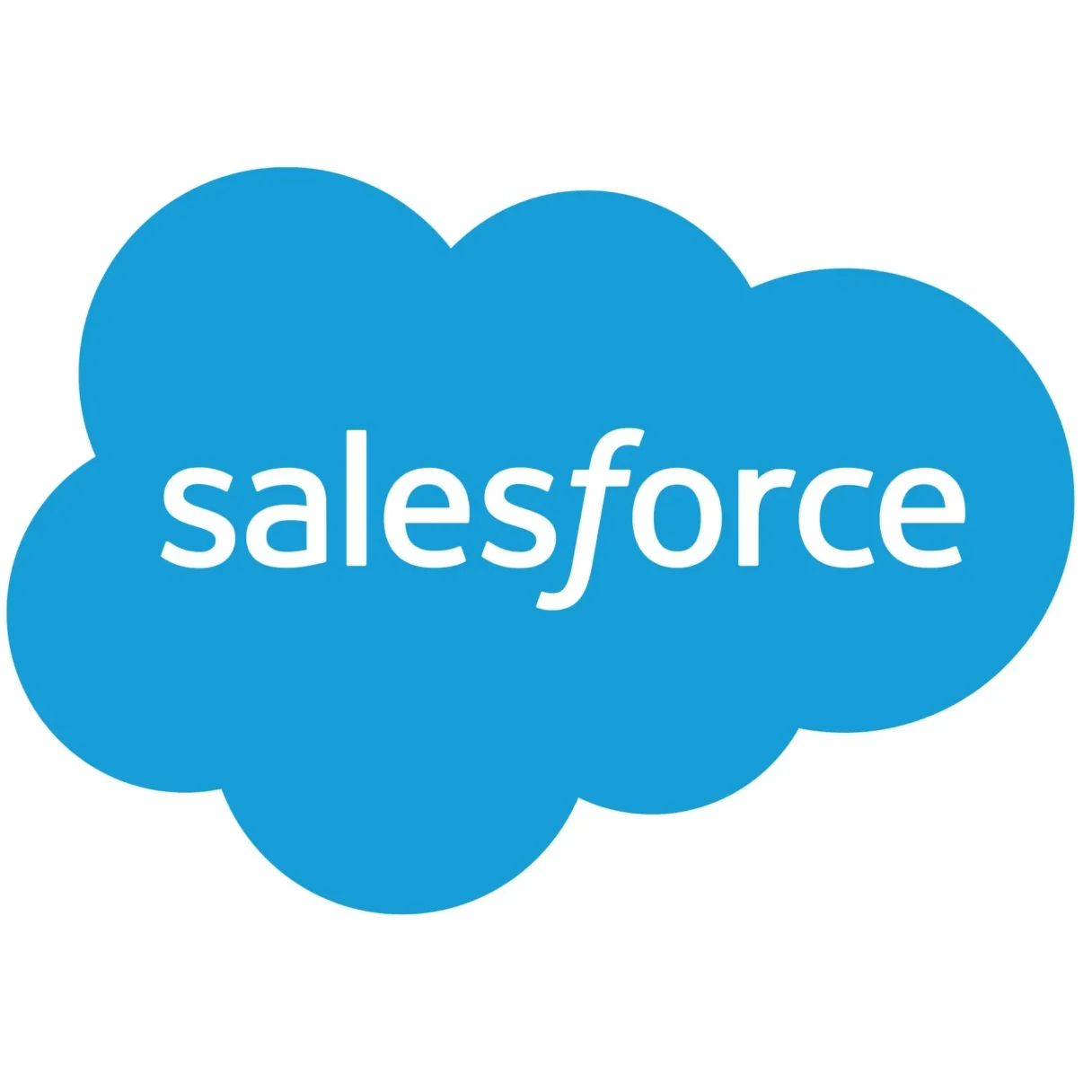
Salesforce – NetSuite SuiteBilling Integration Template
Celigo’s Salesforce – NetSuite SuiteBilling Integration Template syncs billing accounts, opportunities, orders, quotes, subscriptions, and billing data.

Salesforce Commerce Cloud (FTP) – NetSuite Integration Template
Sync items, price books, item inventories, orders, fulfillment, cancellations, and refunds between Salesforce Commerce Cloud and NetSuite.

Salesforce – Snowflake Template
Celigo’s Salesforce – Snowflake Template syncs account and campaign data from Salesforce into Snowflake tables, allowing you to automatically ingest customer data into Snowflake.

Salesforce – Snowflake Reverse ETL Template
Easily export data from Snowflake to Salesforce and give your sales team real-time data to make informed decisions and engage customers effectively.


Salesforce – Microsoft Dynamics 365 Business Central Integration App
Automate quote-to-cash processes with Salesforce and Microsoft Dynamics 365 Business Central integrations.


Salesforce Nonprofit – NetSuite Integration Template
Sync households/organizations, donations and events, pledges, and donor data between Salesforce and NetSuite.

Salesforce – Klaviyo Integration Template

Salesforce – Jira Software Integration Template
Sync cases between Jira and Salesforce

Salesforce – FTP Integration Template
Sync Leads between Salesforce and FTP.

Salesforce – QuickBooks Integration Template
Sync Opportunities and Accounts between Salesforce and QuickBooks.

Salesforce – Eventbrite Integration Template
Sync Campaigns and Campaign Members between Salesforce and Eventbrite.

Freshdesk – Salesforce Integration Template
Sync Contacts between Freshdesk and Salesforce

ServiceNow- Salesforce Integration Template
Integrate ServiceNow and Salesforce for a complete view of your customers and project statuses.


Salesforce – Slack Integration Template
Sync Leads between Salesforce and Slack.

Stripe – Salesforce Integration Template
Sync Customers between Stripe and Salesforce.

Zendesk Support – Salesforce Integration Template
Integrate Zendesk and Salesforce and gain complete visibility into your customers and support escalations.

View all Celigo integrations
Explore hundreds of prebuilt connectors, integrations, and complete integration apps that allow you to quickly implement common integrations and automations—significantly reducing deployment time and effort.
Salesforce Integrations
Featured use cases
ERP integrations
Integrate Salesforce with your ERP systems and automate the lead-to-cash processes for sales and finance teams. Sync data between Salesforce and your ERP in real-time, providing back-office visibility for Sales while allowing Accounting to track Salesforce activities from within the ERP.
Software and Services
Automate manual data entry, data exports, costly errors, delays, and processes managed with spreadsheets and email by integrating your critical front and back-office applications with Salesforce.
Finance and accounting
Automatically process transactions, payments, and receipts. Accelerate financial close, improve cash flow, and get better visibility into finances, helping your teams make better decisions.
Ecommerce
Sync customer, account, and order data between Salesforce and ecommerce systems like Shopify to get a unified view of your customer across your tech stack.
Customer success stories
See what our customers have to say
Learn how Celigo customers are driving innovation, streamlining processes by leveraging integration-driven automation.
Recommended by the experts

#1-ranked iPaaS
Spring 2024
Recommended by the experts

Customers’ Choice
2023 Gartner Peer Insights
Recommended by the experts

#1 Best Usability
Spring 2024
Recommended by the experts

Visionary
2024 Gartner® Magic Quadrant™
Celigo Platform
Automate all your processes across
the enterprise with the right iPaaS
Scalable and robust
Whether processing hundreds, thousands, or millions of orders, enjoy infinite scalability for connecting applications with no restrictions on integrations or data volume.
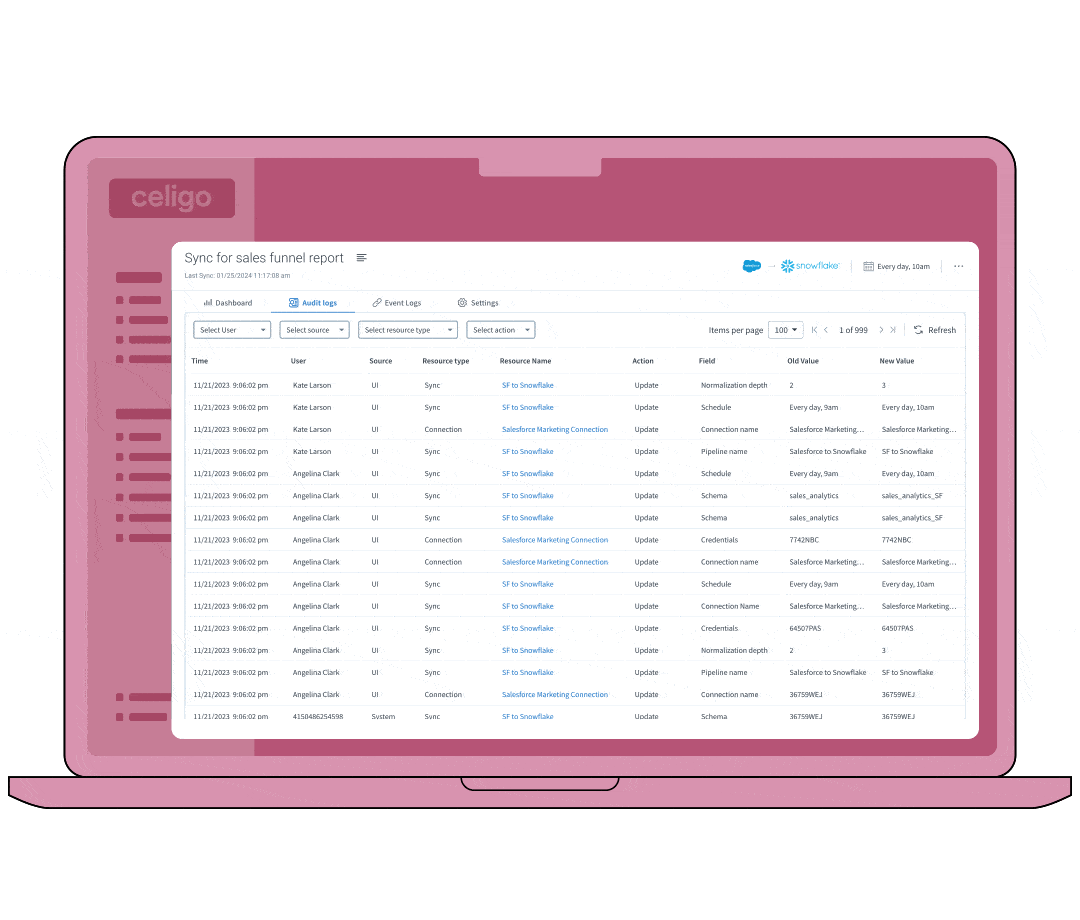
Configurable and customizable
Celigo’s advanced configuration settings are built based on our experience seeing every imaginable use case, from individual settings to concurrency controls that help you scale.
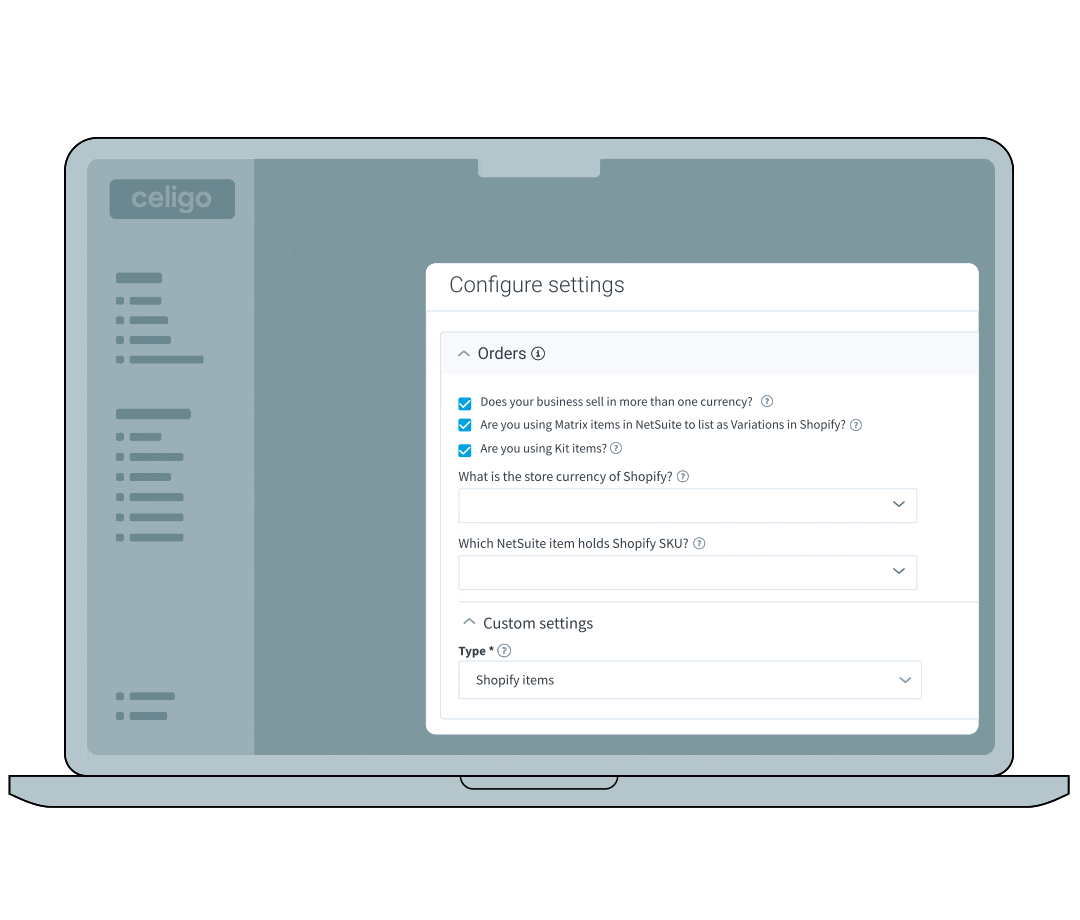
Advanced functionality out of the box
Advanced features include payouts reconciliation, settlement reconciliation, sales tax reports, line-level promotions, order variances, gift cards, kit items, and more.
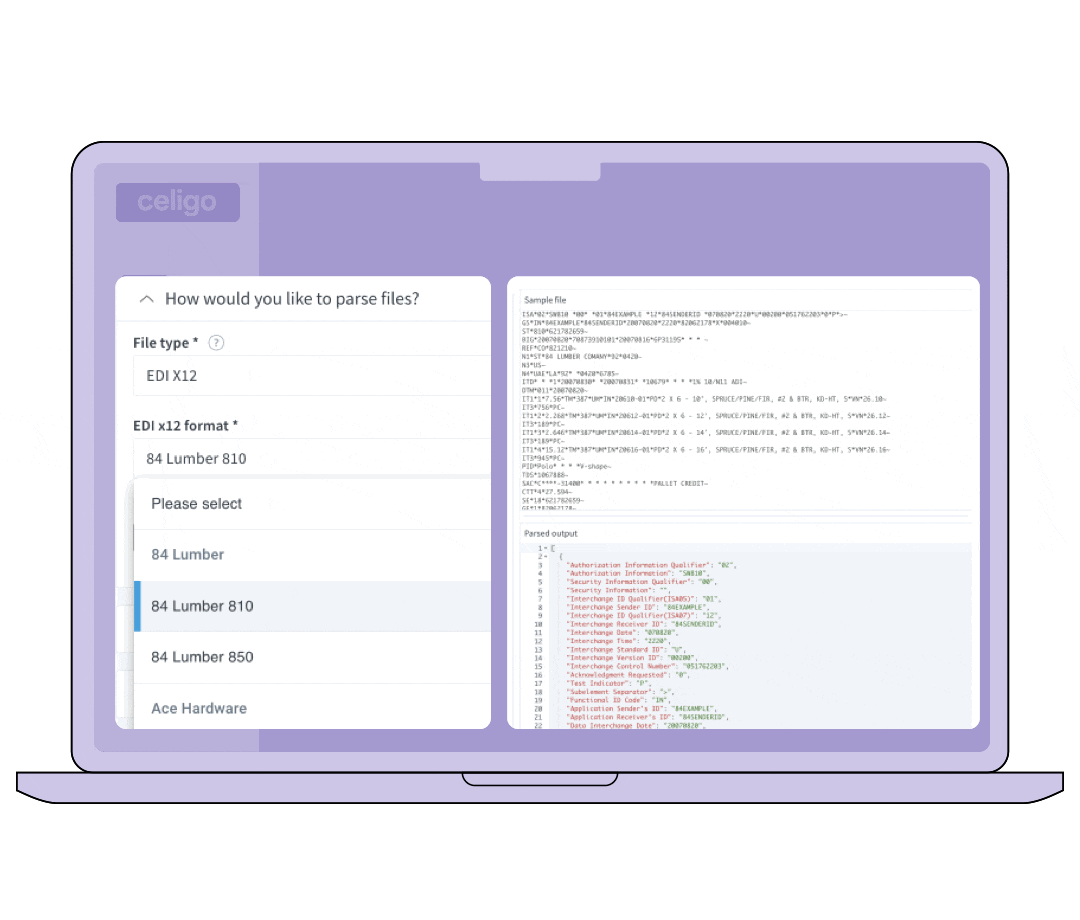
Easy monitoring and management
The intuitive integration monitoring, error management, data mapping, and real-time alerts make it easy to monitor and maintain automations directly on your Celigo dashboard.
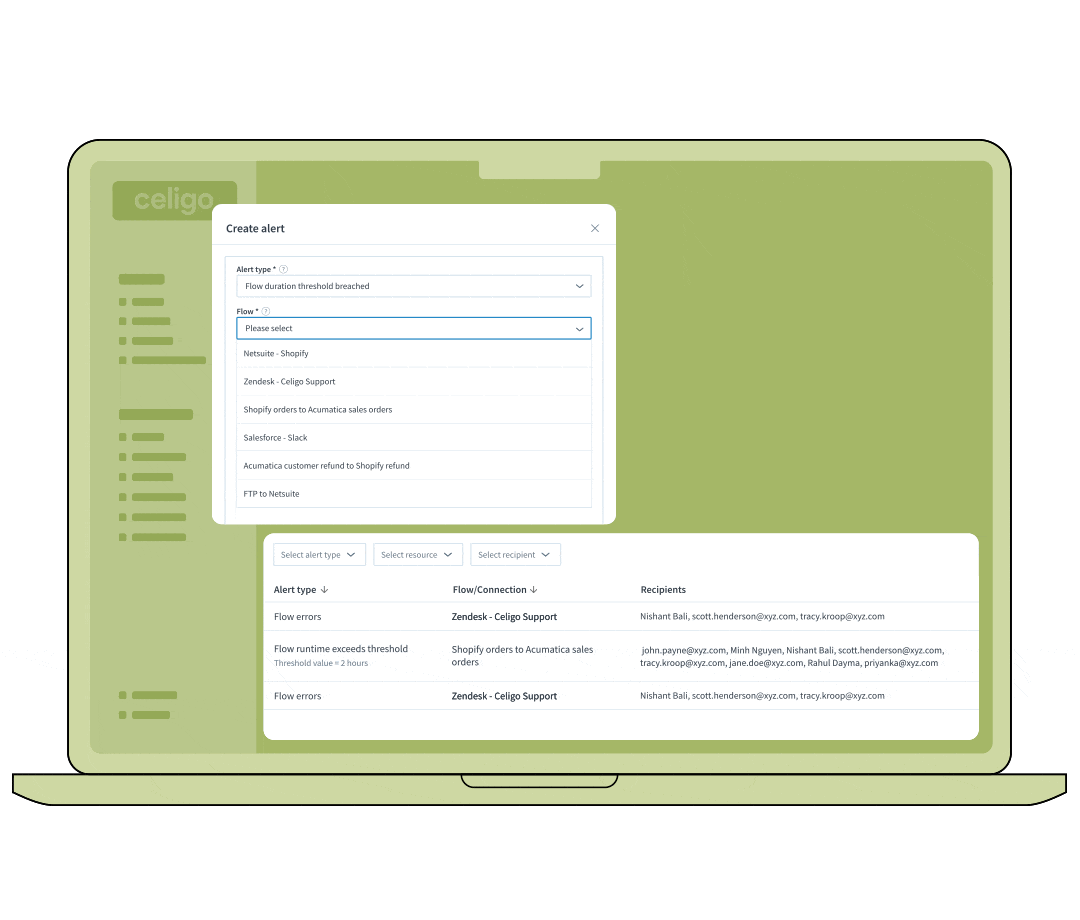
Getting both the Finance and Sales teams the information they needed in one place with no disruption to the business was a huge win for us.
Brett Olsen,
Head of Business Systems,
MedicalDirector
Customer success stories
See what our customers have to say
Learn how Celigo customers are driving innovation, streamlining processes by leveraging integration-driven automation.
Recommended by the experts

#1-ranked iPaaS
Spring 2024
Recommended by the experts

Customers’ Choice
2023 Gartner Peer Insights
Recommended by the experts

#1 Best Usability
Spring 2024
Recommended by the experts

Visionary
2024 Gartner® Magic Quadrant™





